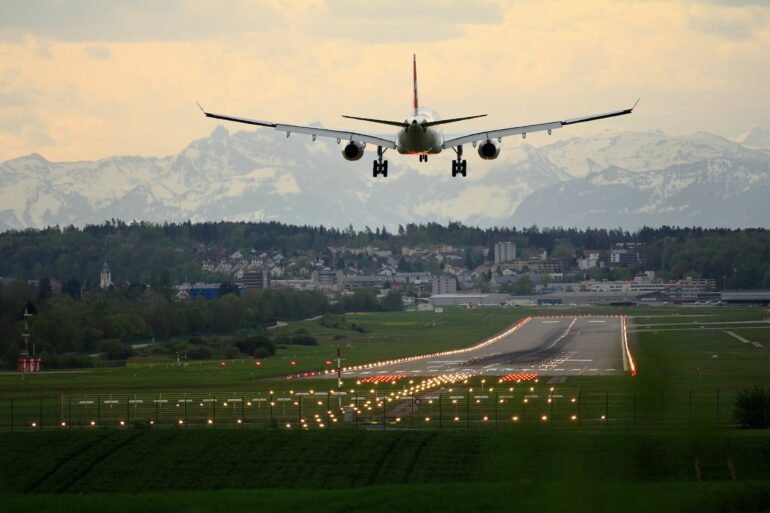Air travel is one of the safest forms of transportation, but pilots still face various risks during their flights. One of these risks is the possibility of landing on a taxiway instead of a runway, which can endanger lives on the ground. To address this issue, the Federal Aviation Administration (FAA) has implemented a software platform called ASDE-X Taxiway Arrival Prediction (ATAP) at 43 major US airports. This system warns air traffic controllers if an aircraft is lining up to land on a taxiway by mistake, giving them the opportunity to take action and prevent a potential disaster.
ATAP uses standard radar and other sensors to detect if an aircraft is approaching a taxiway. The software works regardless of aircraft size, meaning it can flag small turboprops and large airliners. The system first saw use at Seattle-Tacoma International Airport in 2018 and was later implemented at other airports. Some of the airports currently using the technology include Boston Logan, Chicago O’Hare, and New York’s JFK.
The FAA notes that ATAP has caught over 50 potential taxiway landings since its implementation in 2018, and there have been eight alerts so far in 2023. Although accidental landings are far less common than crashes, the software can still be beneficial in preventing chaos from an aircraft disrupting the queue.
ATAP’s rise is part of a broader trend towards digital safety systems in air travel. Companies like Airbus are also exploring new technologies that can assist pilots during emergencies and even land planes automatically if necessary. While full autonomy is still a long way off, these systems can help reduce the risks pilots face during their flights and make air travel even safer.
In conclusion, the FAA’s implementation of ATAP at major US airports is a significant step towards improving air travel safety. With this software, pilots and air traffic controllers can work together to prevent accidental landings on taxiways and keep passengers, crew, and people on the ground safe. As the aviation industry continues to embrace new technologies and safety systems, we can expect air travel to become even safer in the future.

